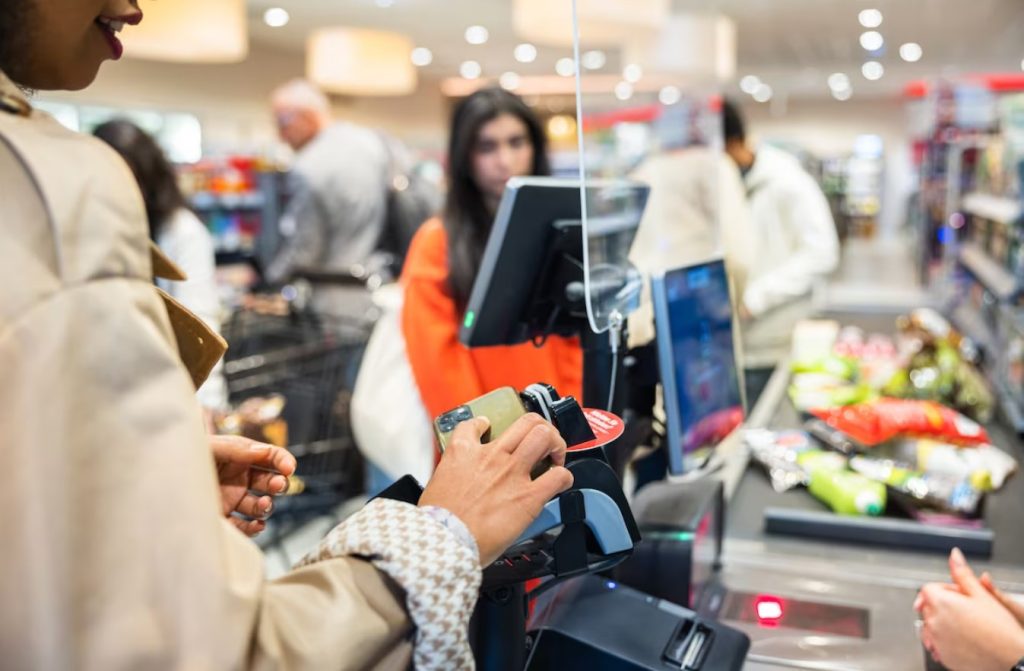
A generation ago, allowances and spending money for kids were in the physical form. Kids paid for candy, lunches and bus fare with paper bills and coins.
But the move toward digital payments has been swift and accelerated by the pandemic, when many places stopped taking cash as a form of payment.
It seems kids are getting debit cards at younger and younger ages. For some parents, this may be a little unnerving: Is it really okay for our kids to be carrying around a card that could be lost or stolen? Do kids have a good concept of money when it’s not in a physical form that requires them to dole it out across a counter?
The reality is that the financial world is changing and digitized money is here to stay. Debit cards and Apple Pay are the new bills and coins. And it’s actually a pretty advantageous development for us and our kids.
Carrying a debit card is arguably safer than carrying cash. Cash can be lost and never found. With a lost debit card, there’s the opportunity to disable it by reporting it lost or stolen.
Should the card be used by someone else, any fraudulent transactions will be reimbursed by the financial institution under Interac’s Zero Liability policy, which states that account holders will not be held liable for any fraudulent transactions made on a debit card. You can further reduce the risk by keeping the balance in the child’s account modest and only link one account to the card.
If you are still concerned about other people using their card, you might consider disabling the tap option, requiring your child to enter their PIN every time they want to buy something. When kids pay with their phone using Apple Pay or Google Pay, the risk is even lower. They don’t have to carry around a card, and there’s the added security of having to get into the phone with a password or face ID. Note, though, that kids have to be at least 13 to use Apple Pay and Google Pay.
Then there’s the psychological element. For a generation that carried around cash, it may seem that using a card or phone to pay for things won’t allow kids to understand or appreciate what it means to have money and spend it. Seeing your bills and coins decrease in volume after you’ve handed them over at a store is a very tangible thing.
But that doesn’t mean kids can’t get the concept. They just see it a different way: by looking at their bank account balance online. For them, that’s the norm, and they fully understand a declining bank balance or when a transaction is declined owing to a lack of funds.
For parents, the benefits are huge. No longer do we need to have cash on hand to pay allowances. We don’t have to hand our kids money before they head out to the mall or for lunch with their friends and hope to get the change back. E-transfers are incredibly convenient. Plus, we can check their bank accounts online to see how many Iced Capps they’ve been having at Tim Hortons, which provides us with teachable moments about how they are spending their money.
Having a bank account and a debit card comes with responsibility. Kids need to know the basics of keeping their card safe – like never telling anyone the PIN, never letting a friend use it to tap for a purchase and reporting it lost as soon as they notice it’s missing.
They should make a habit of logging into their banking app to check their account balance and to review transactions. Not only does this allow them to make sure there are no fraudulent transactions, it’s a great way to “feel” the consequences of spending and get used to saving. Be sure to ask about online access for minors when opening their bank account.
So what’s the right age for a debit card? It’s hard to say definitively, but once your child is going out and spending money on their own – maybe around 12 – having a debit card will make things easier.
























